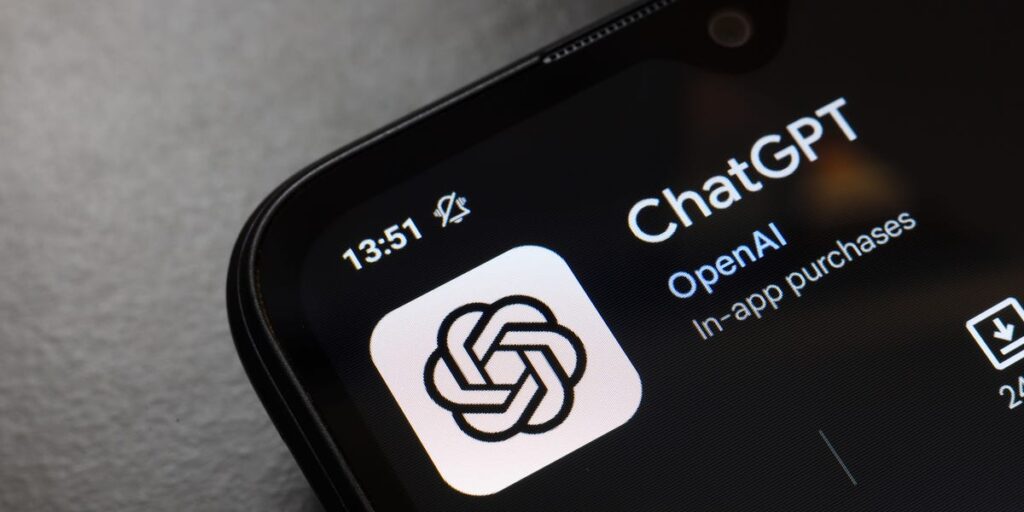ChatGPT isn’t a single entity. Since its launch by OpenAI in 2022, the chatbot has introduced multiple new models, often under a confusing array of names. While several competitors have emerged, such as Claude, Gemini, and Grok, OpenAI’s models remain some of the most recognized and widely used in the industry. They excel in a variety of tasks—some are better suited for coding, while others thrive in brainstorming creative ideas.
The evolution of ChatGPT showcases the differences among the various models that OpenAI has released over time.
GPT-5
In August, OpenAI launched GPT-5, its most advanced model to date. The company claims this model represents “a significant leap in intelligence” compared to its predecessors, with enhanced capabilities in coding, mathematics, writing, healthcare, and visual perception. OpenAI’s CEO, Sam Altman, described it as a “major upgrade” and stated that moving back to GPT-4 after using GPT-5 felt “miserable.”
GPT-5 also features a “real-time router” that automatically selects the most suitable model for each user request, replacing the model chooser from earlier versions. Although intended to streamline the experience, this change has faced backlash from loyal users attached to specific AI models. In response, OpenAI reintroduced GPT-4o, a popular model, allowing users more control over how ChatGPT operates.
GPT-4 and GPT-4o
OpenAI initially released GPT-4 in 2023 as its flagship large language model, with Altman indicating that it involved “hundreds of people” to develop. The subsequent upgrade to GPT-4o retains GPT-4’s intelligence but is significantly faster, enhancing its capabilities in text, voice, and visual tasks. OpenAI highlights that GPT-4o excels in day-to-day tasks like brainstorming and proofreading, while also addressing issues related to copyright in the artistic content it generates.
GPT-4.5
Altman introduced GPT-4.5 as “the first model that feels like talking to a thoughtful person.” This model focuses on improving word knowledge and intuition while minimizing errors. It’s particularly suited for creative endeavors, making it a valuable tool for collaborative projects and brainstorming.
o1 and o1-mini
The mini version of o1, a reasoning-focused model, was released in September, followed by the full version in December. Designed to handle quantitative tasks, o1 uses a “chain-of-thought” approach to problem-solving, allowing it to think through complex issues step-by-step.
o3 and o3 mini
Small models like o3 mini are becoming popular for their efficiency in handling tasks quickly and cost-effectively. These models are particularly strong in science, math, and coding.
o4 mini
Released in April, o4 mini is optimized for fast reasoning and outstanding performance in math and coding. It’s especially useful for quick quantitative tasks and excels in visual reasoning scenarios.
OpenAI’s series of models showcases the company’s commitment to advancing AI technology, offering various tools tailored for different user needs.


